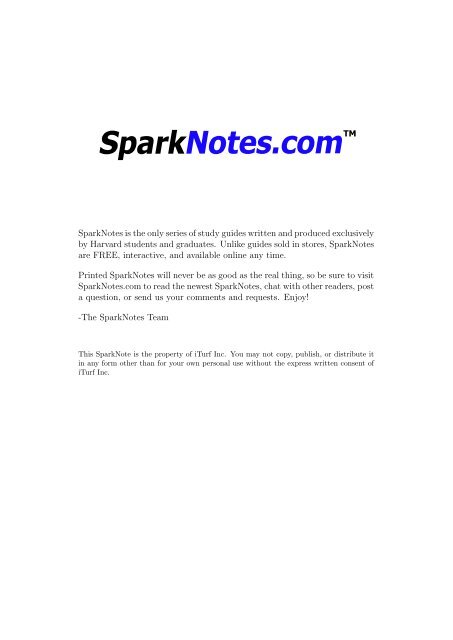
“…a fantastic farm where ashes grow like wheat into ridges and hills and grotesque gardens, where ashes take the forms of houses and chimneys and rising smoke and finally, with a transcendent effort, of men who move dimly and already crumbling through the powdery air. Eckelberg looks over the valley of ashes. Although it is there and ‘sees everything’ the characters don’t pay attention to it,” (“”). Not only does this billboard symbolize the watching eye of God and the materialistic desire for money, but it also represents, “the ignored conscience of the idealistic people. “But his eyes, dimmed a little by many paintless days under sun and rain, brood on over the solemn dumping ground,” (Fitzgerald 28). The empty face represents the hollowness of people and their materialistic values. The gold or yellow rimmed glasses represent the materialistic desire for money, and superficial wealth. They look out of no face but, instead, from a pair of enormous yellow spectacles which pass over a nonexistent nose,” (Fitzgerald 27). Eckleburg are blue and gigantic – their retinas are one yard high. Near the end of the novel, Wilson and Michaelis discuss the eyes of Dr. The eyes themselves can represent the characters in which they see. There is the underlying suggestion that he watches over everything that goes on around and in the valley, even as God watches over everything that goes on in the world. “But above the grey land and the spasms of bleak dust which drift endlessly over it, you perceive, after a moment, the eyes of Doctor T. In The Great Gatsby, there is a plethora of meaning behind the billboard of Dr. Each character in The Great Gatsby can also be considered a symbol.


Some of the lesser known symbols include the significance of colors such as in the valley of ashes and the green light on Daisy’s dock.

Eckelberg, the valley of ashes, and the green light on Daisy’s dock. We Will Write a Custom Case Study Specifically


 0 kommentar(er)
0 kommentar(er)
